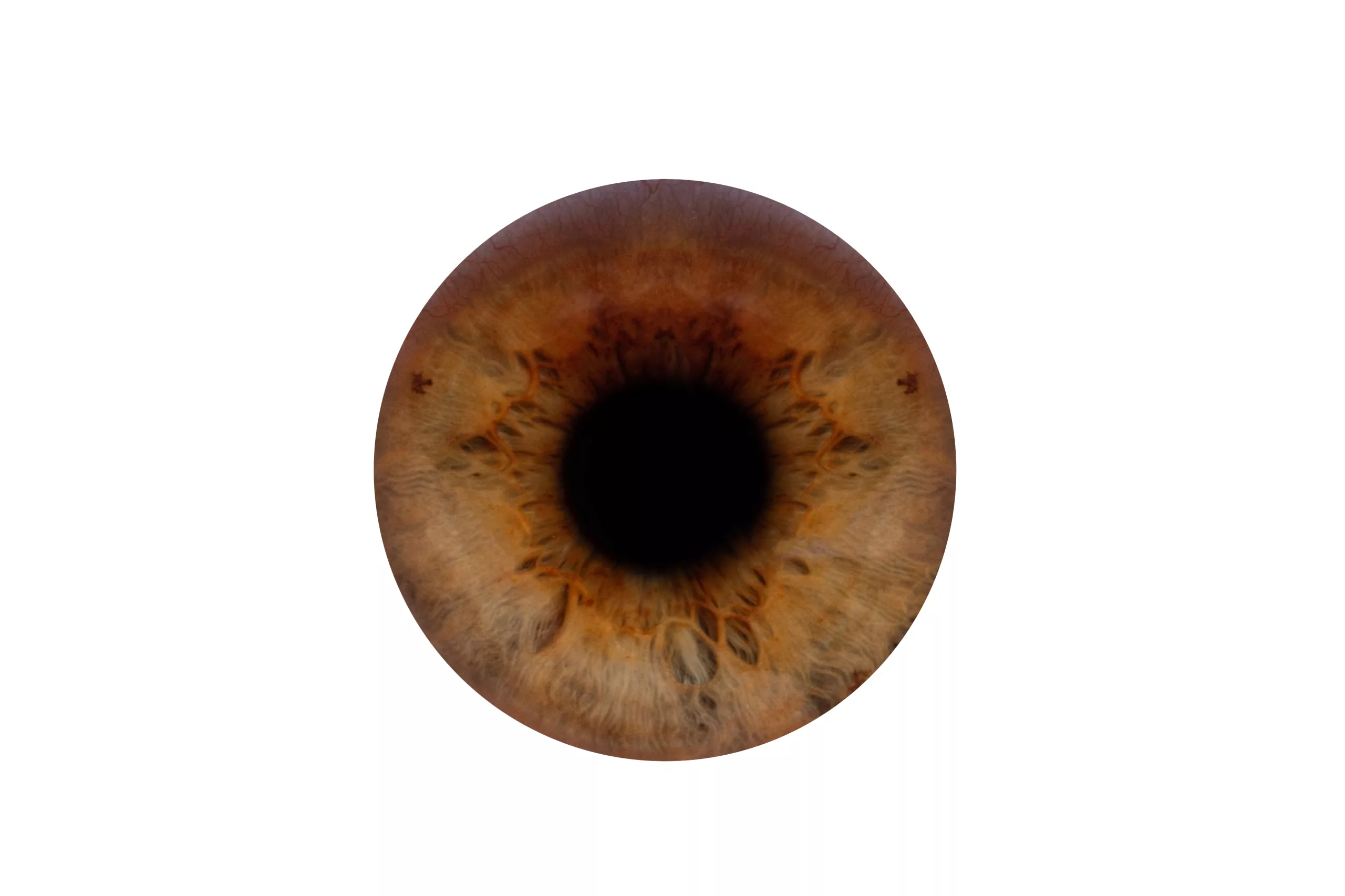Ocular Findings in Mucolipidosis
Introduction
Mucolipidosis is a rare genetic disorder characterized by the abnormal accumulation of lipids and mucopolysaccharides in the body due to defective lysosomal function. As a result, this condition can lead to various systemic symptoms, including significant ocular manifestations. Understanding the ocular findings associated with mucolipidosis is crucial for timely diagnosis and management. This article explores the key ocular features, their implications, and the importance of regular eye examinations for affected individuals.
Overview of Mucolipidosis
Mucolipidosis encompasses several types, with Mucolipidosis Type II (ML II) and Mucolipidosis Type III (ML III) being the most common. These conditions are inherited in an autosomal recessive pattern and primarily affect children. Symptoms typically emerge in early childhood, and while the systemic implications are well documented, ocular manifestations can often be overlooked.
Key Ocular Findings
- Corneal Clouding
- Description: One of the hallmark signs of mucolipidosis is corneal clouding, which occurs due to the accumulation of glycosaminoglycans (GAGs) within the corneal stroma. This clouding can result in visual impairment.
- Impact: Patients may experience blurred vision or halos around lights, affecting daily activities and quality of life. Regular monitoring by an ophthalmologist is essential to assess the progression of corneal opacification.
- Retinal Changes
- Description: Retinal abnormalities are common, particularly in ML II and ML III. These may include retinal pigmentary changes and optic nerve abnormalities. The retinal findings often resemble those seen in other lysosomal storage disorders.
- Impact: These changes can lead to vision loss and necessitate regular retinal examinations to monitor any deterioration. Patients should be educated about the potential for progressive vision impairment.
- Strabismus
- Description: Strabismus, or misalignment of the eyes, is frequently observed in individuals with mucolipidosis. This can occur due to muscular imbalance or neurological factors.
- Impact: Strabismus can lead to amblyopia if not addressed promptly. Early intervention with corrective lenses or surgery may be required to improve alignment and visual function.
- Optic Nerve Hypoplasia
- Description: Some patients may exhibit optic nerve hypoplasia, characterized by underdevelopment of the optic nerve. This finding can be visualized during a comprehensive eye examination.
- Impact: Optic nerve hypoplasia can significantly affect visual acuity and field of vision. It is crucial to assess visual function through specialized tests to determine the extent of impairment.
- Keratoconus
- Description: Although less common, keratoconus has been reported in some patients with mucolipidosis. This condition involves the thinning and conical shaping of the cornea, leading to irregular astigmatism and visual distortion.
- Impact: Patients with keratoconus may require specialized contact lenses or corneal transplantation in advanced cases to restore vision.
Diagnosis and Management
Importance of Regular Eye Examinations
Regular eye examinations are vital for early detection of ocular manifestations in patients with mucolipidosis. An ophthalmologist experienced in managing lysosomal storage disorders can provide comprehensive evaluations, including visual acuity testing, slit-lamp examination, and retinal imaging.
Treatment Options
- Corneal Clouding: In cases of severe corneal opacification, corneal transplantation may be considered to restore vision. However, patients should be informed about the risks and benefits associated with the procedure.
- Strabismus Management: Surgical intervention may be required to align the eyes properly, especially in cases of significant misalignment affecting visual function.
- Vision Aids: Patients experiencing visual impairment may benefit from low-vision aids, enabling them to maximize their remaining vision for daily activities.
Genetic Counseling
Since mucolipidosis is an inherited condition, genetic counseling is recommended for affected families. Understanding the genetic basis and inheritance patterns can assist in family planning and early detection in siblings.
Conclusion
Ocular findings in mucolipidosis, including corneal clouding, retinal changes, strabismus, and optic nerve abnormalities, can significantly impact visual function and quality of life. Early diagnosis through regular eye examinations and prompt management of ocular manifestations are essential for optimizing visual outcomes in affected individuals. By raising awareness of these ocular implications, we can improve the overall care and support provided to patients and their families.
World Eye Care Foundation’s eyecare.live brings you the latest information from various industry sources and experts in eye health and vision care. Please consult with your eye care provider for more general information and specific eye conditions. We do not provide any medical advice, suggestions or recommendations in any health conditions.
Commonly Asked Questions
Organizations, support groups, and online communities can provide valuable information, resources, and emotional support for families affected by mucolipidosis.
While mucolipidosis is a genetic condition, supportive therapies, early interventions, and regular medical care can enhance the quality of life for affected individuals.
Genetic counseling helps families understand the inheritance patterns of mucolipidosis, offering insights for family planning and risk assessment for future pregnancies.
Treatment options include surgical interventions for strabismus and corneal transplantation for severe corneal clouding, depending on the individual case.
It is recommended that children with mucolipidosis have comprehensive eye exams at least once a year to monitor ocular health and catch any issues early.
Yes, genetic testing and clinical evaluations can facilitate early diagnosis, particularly if there is a family history of the disorder.
Symptoms may include developmental delays, skeletal abnormalities, vision problems, and enlarged organs. Regular check-ups are essential for early detection.
The most common types are Mucolipidosis Type II (ML II) and Mucolipidosis Type III (ML III), each presenting different clinical features and severity.
Mucolipidosis is inherited in an autosomal recessive pattern, meaning that both parents must carry the defective gene for a child to be affected.
Mucolipidosis is a rare genetic disorder caused by the malfunction of lysosomes, leading to the accumulation of lipids and mucopolysaccharides in the body.
news via inbox
Subscribe here to get latest updates !







